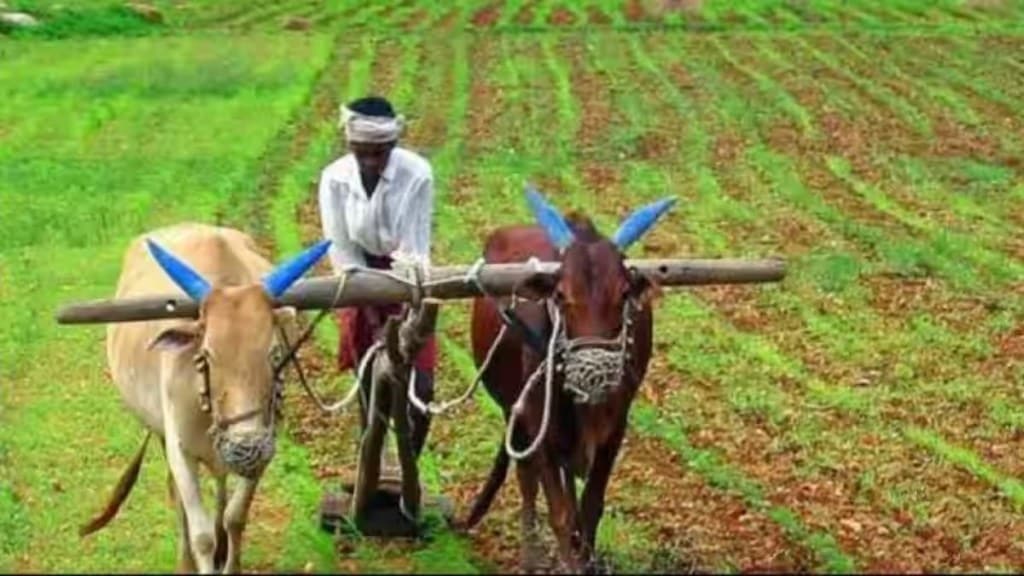The Union government has launched the PM Dhan Dhanya Krishi Yojana, a new initiative designed to improve agricultural conditions in 100 districts with low productivity, moderate crop intensity, and limited access to credit.
Announced by Finance Minister Nirmala Sitharaman in the Union Budget 2025, the scheme will be executed in collaboration with state governments. It aims to promote rural prosperity through the convergence of existing agricultural programs and specialized measures.
Sitharaman highlighted that the scheme is inspired by the success of the Aspirational Districts Program and will target underdeveloped agricultural regions. The focus will be on improving farming practices, crop diversification, sustainable agriculture, post-harvest storage, irrigation facilities, and better access to credit for farmers.
The program is expected to benefit 1.7 crore farmers across these districts, enhancing their incomes and overall agricultural sustainability.
Key components of PM Dhan Dhanya Krishi Yojana
- Increasing agricultural productivity through advanced farming techniques.
- Promoting crop diversification and sustainable agricultural practices.
- Developing post-harvest storage facilities to reduce crop wastage.
- Improving irrigation infrastructure to boost agricultural output.
- Facilitating access to both long-term and short-term credit for farmers.
In addition, the government has introduced the Rural Prosperity and Resilience Program, which aims to tackle underemployment in agriculture by focusing on skill development, investment, and technology adoption.
The program will be implemented in partnership with state governments and will help create employment opportunities in rural areas, particularly benefiting rural women, young farmers, marginal farmers, and landless families.
Sitharaman stated that the program will provide sufficient employment opportunities in rural areas, allowing migration to urban centers to become a choice rather than a necessity. These initiatives are expected to drive inclusive growth, boost rural development, and make the agricultural sector more sustainable and resilient.
